- explains how dithering techniques trick spatial averaging in human vision to perceive more colors than are actually present
- covers ordered dithering using Bayer matrices and error diffusion methods like the Floyd-Steinberg algorithm
- discusses how dithering was historically necessary for limited color palettes but has now become primarily a retro aesthetic choice
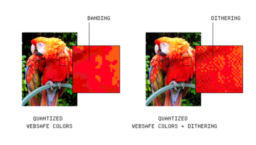
- comprehensive guide to installing and setting up GFXReconstruct for capturing and replaying Vulkan and DirectX 12 API calls
- covers both prebuilt binaries from the Vulkan SDK and building from source for custom configurations
- provides detailed troubleshooting steps and verification tests for both Vulkan and DirectX 12 workflows

- demonstrates how to build native inference pipelines on AMD GPUs using ONNX Runtime with DirectML execution provider
- explains sharing the DirectX 12 context between DirectML and user code to avoid CPU-GPU data transfers
- shows how to map resources directly into ONNX Runtime tensors for efficient preprocessing and postprocessing
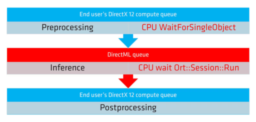
- introduces Simplygon’s clustered meshlet optimizer for dividing models into independently cullable parts with continuous LOD
- explains that streaming levels contain partial data requiring a combination of all lower levels for full detail
- provides complete implementation examples, including Python generation scripts and Unity C# visualization code
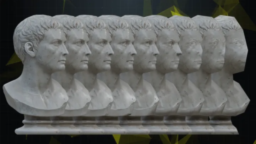
- Pacific Graphics 2025 paper presenting an iterative algorithm to update lightmaps when objects are inserted or removed efficiently
- focuses on updating only the paths affected by scene changes rather than full recomputation
- implements an importance sampling scheme on a GPU suitable for interactive scene editing scenarios

- SIGGRAPH Asia 2025 paper introducing a biased transmittance estimator with significantly reduced bias compared to naive ray marching
- applies the UMVU estimator based on nearly normally distributed optical depth estimates from stratified jittered sampling
- extends the theory to estimate MIS weights and proposes two new integrators combining MIS with improved transmittance estimation
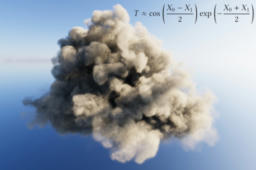
- SIGGRAPH Asia 2025 paper presenting a method for rendering glint effects from microfacet geometry in constant time
- represents faceted geometry as a 4D point process on a multiscale grid to find highlight-causing facets efficiently
- supports various appearances, including anisotropic materials and individually colored particles, while converging to standard NDFs like GGX

- video tutorial explaining how to work with depth information in Unity shaders
- covers fundamental concepts like the depth buffer, depth textures, and their use in effects
- provides practical examples and shader code for implementing depth-based visual effects
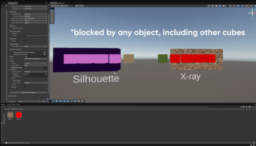
- tutorial on implementing a transparent coat layer for physically based rendering (PBR) materials
- explains the principles behind simulating a transparent coating over a base material
- demonstrates the shader implementation and shows how it enhances the realism of surfaces like car paint or polished wood
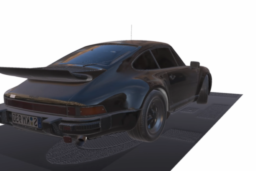
- presents a BSC 2025 talk on Foliated Distance Fields for representing and rendering complex geometry
- discusses how this technique can be used for high-quality, real-time rendering of intricate surfaces
- explores the implementation details and performance characteristics of the approach
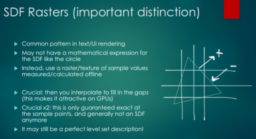
Thanks to Eric Heines for support of this series.
Would you like to see your name here too? Become a Patreon of this series.